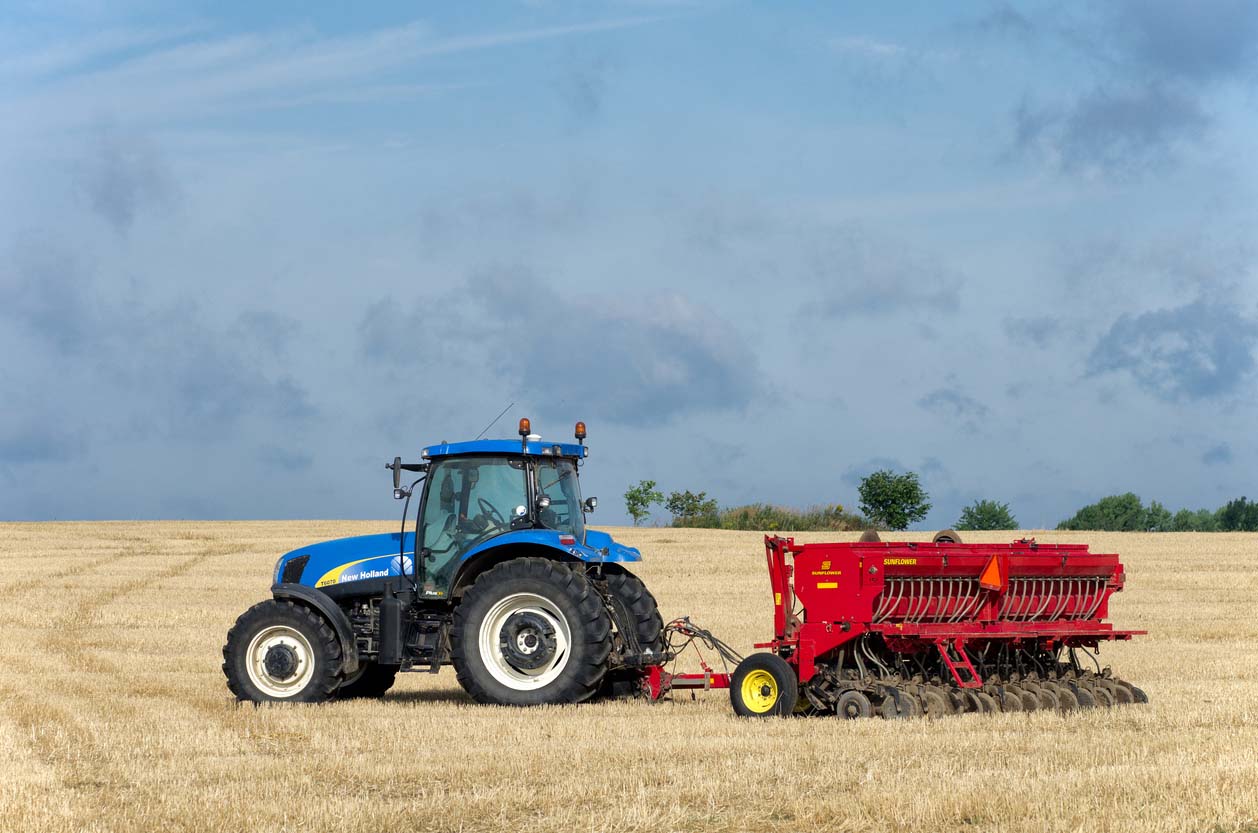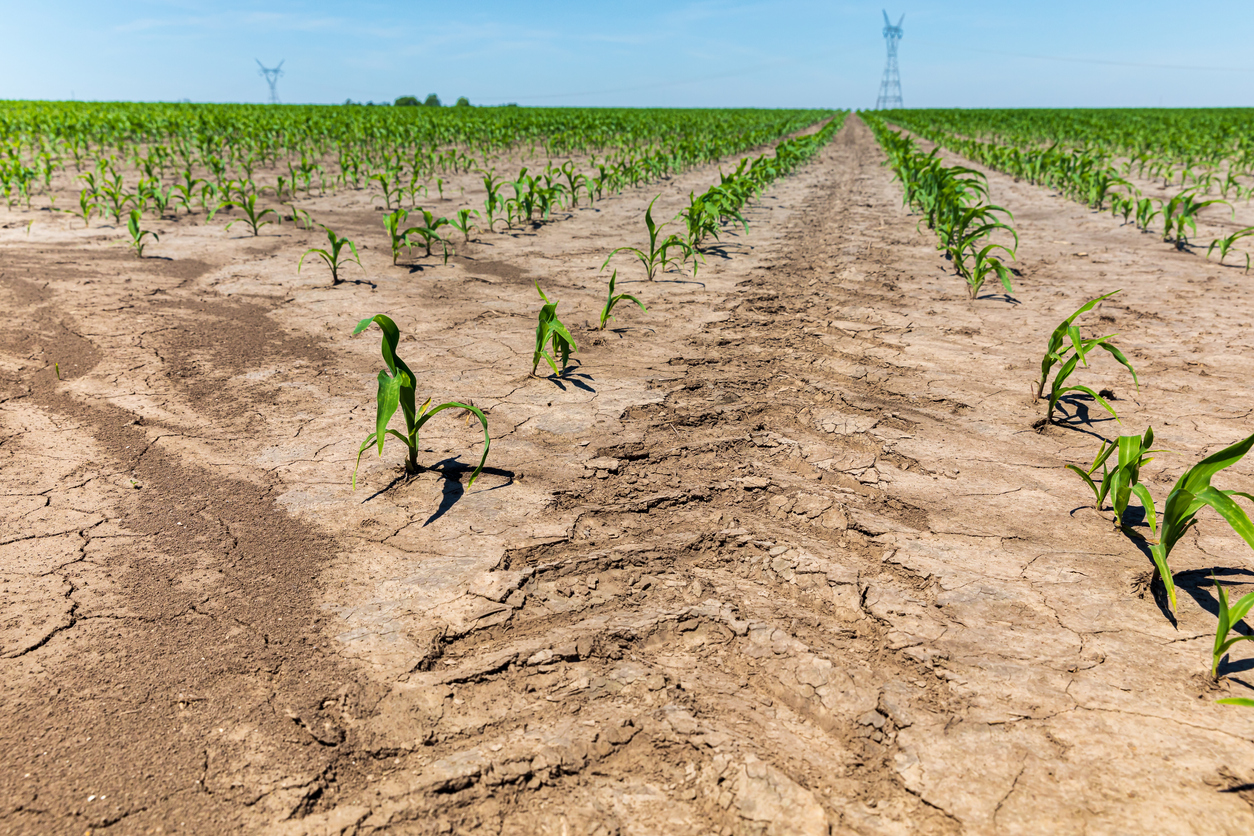Healthy Soils Suppress Pets

Farmers who improve soil health increase the amount of soil carbon being stored, and recycled. The increased carbon flow increases microbial numbers and efficiency leading to improved plant photosynthesis. The entire soil ecosystem functions at a higher level. The overall effects are healthy plants that have less disease and insect issues and higher overall yields. Soils high in soil organic matter (SOM) allow carbon to cycle in many different forms. The soil microbial community adjusts to these changes in the quantity of recycled carbon and nitrogen and this has an effect on the amount of phosphorus, sulfur, and micro-minerals released in the soil. Many of these trace minerals like manganese, iron, copper, and zinc are essential micronutrients needed to suppress disease. Plants activate plant proteins into enzymes to fight diseases using these micro-nutrients as co-factors. All soils have pathogens but healthy soils can tolerate these pathogens because healthy plants have the ability ...


